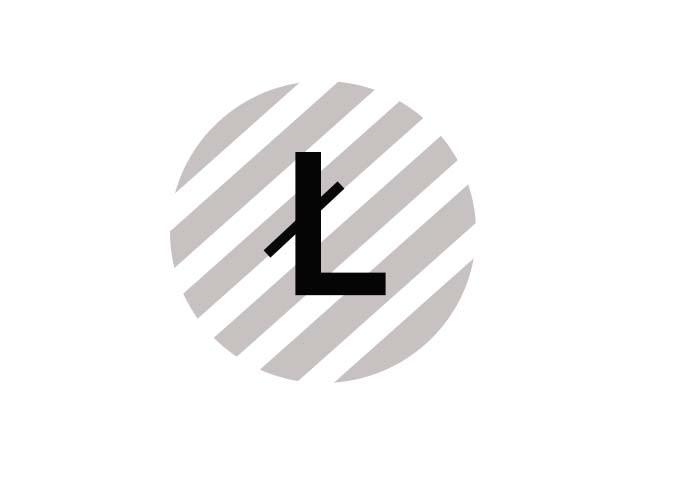What is Litecoin? – 2014’s Hottest Digital Currencies Explained

Given the relatively rapid pace of innovation and advancement in the world of technology today, it’s no surprise that ideas and institutions that are “here today” may truly be “gone tomorrow.” One of the more recent examples of this evolution is occurring in the world of digital currency. Following the arrival of bitcoin in the international marketplace, efforts have been made to further develop this currency and the method of exchange in which bitcoin is traded.
Enter Litecoin, a currency that remains a part of the Bitcoin system but provides more rapid transaction confirmation for users around the world. An important element of the Bitcoin universe is the process of “mining,” through which users gain bitcoin by complete transaction confirmations and other tasks relevant to the daily operations of the bitcoin system. With Litecoin, the mining process is made infinitely easier and no longer requires ultra high-end computing system, many of which cannot be obtained by most computer users. Litecoin was first introduced to markets in 2011 in a rather inauspicious manner, first valued at $0.05. Three years later, Litecoin is currently priced at $23.48.
Litecoin is not the only Bitcoin derivative making head waves in the digital economy. Additional digital currencies currently available for purchase and exchange include, Peercoin, Dogecoin, Namecoin and Quark. Each of these products differs markedly in a number of key areas, including security, value and exchange logistics. Peercoin, for example, discourages the process of “mining,” stating that this “for profit” approach to currency contradicts the original democratic ideals of Bitcoin. Dogecoin, named after the dog Shiba Inus, appears more of an eccentric oddity at this point than a relevant international trading standard. Namecoin, in similar fashion to Bitcoin, has capped the overall resource supply at 21 million coins, a standard shared by Bitcoin. Quark, launched in 2013, saw an initial upsurge in value, but has since remained on the fringe of digital currency trading. Although none of these products even comes close to approaching the worth of Bitcoin, only time will tell if they convince users that they remain a valid and, most importantly, trustworthy alternative to traditional currency.
